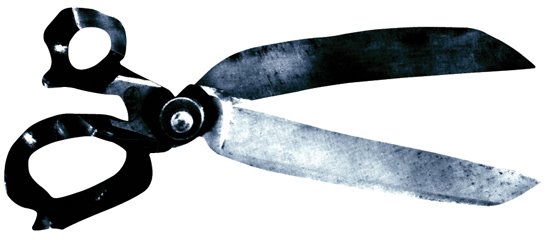
.jpg)
We are pleased to issue volume 2 in a long running series of books that record each collection as a chapter in our history. Lest we not forget our journey.
An often likable and some say collectible item, the book is foremost a product guide to share the work and help spread the word with our stores and sales teams. A few books in very limited numbers are held back for purchase in the Denham store.
Continuing our letter of intent, we've approached the craft of book design with a modicum of tradition. The result is a considered study of the accepted process of book making,
challenging the time-honored belief that "a book should not be judged by it's cover".
In this instance, we feel it should.
Although we've temporarily published the contents online at the brilliant issuu.com,
our preference for a printed book remains unaltered. Adding a timeless spine of influence to your bookshelf.
But conventional book binding has been triumphantly destroyed with the help of a circular saw. We've hacked at the contents to create a double-front cover. Unconventional, slightly brutal, but ultimately functional:
Book 1 neatly contains a collection overview
Book 2 includes press releases, interviews, dedications and photos. As well as a sub-section showing a few pieces from our library of divine revelation: the DENHAM GARMENT LIBRARY.
This is however no easy objective. To avoid the pages 'fanning out' the books are first printed, glued and bound, before each book is half-folded, then sawn-off by hand with a spine-chilling razor sharp blade. Aimed with pin-point precision and taking care to avoid the inevitable extended pinky finger. Thankfully no fingers were lost in the making of these books.
An exercise in cutting-edge craftsmanship from our print engineer.

.jpg)





































